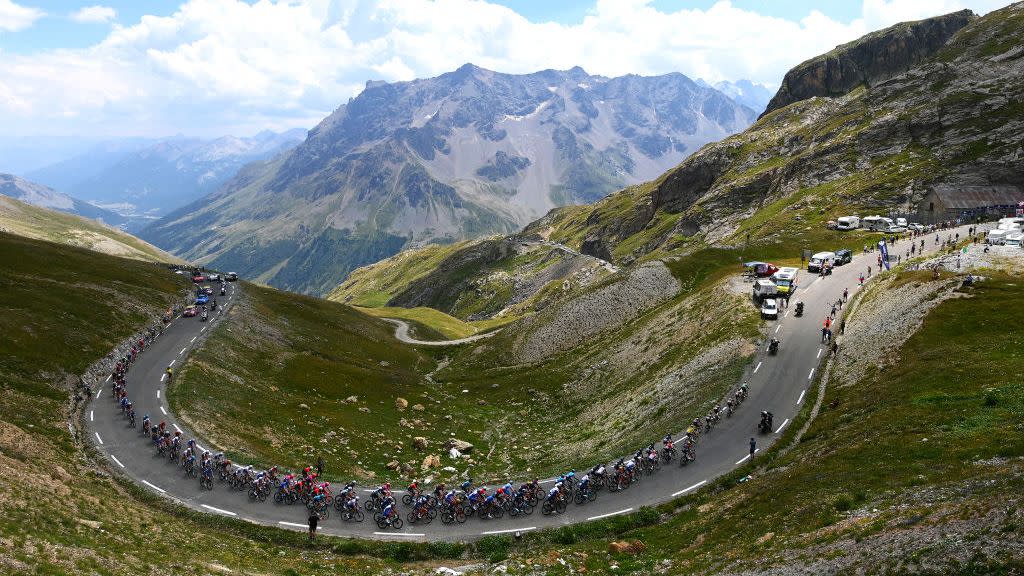The Tour de France May be Adding Drone Footage to its Race Coverage

The Tour de France may soon have cinematic camerawork to accent its ever-more-dramatic storylines.
After broadcast directors successfully used drone-mounted cameras during the time team trial at last week’s Paris-Nice, Tour de France organizers will be presented with the possibility of using drones in the Grand Boucle.
⚡️ Cette vitesse! 🤩
⚡️ That speed! 🤩#ParisNice pic.twitter.com/GmSgJldNeG— Paris-Nice (@ParisNice) March 5, 2024
“Based on the feedback we had (after Paris-Nice), everybody loved it,” said Anthony Forestier, broadcast director at France Télévisions, the company that operates the Tour de France’s television feed. “Some teams even got in touch with us to ask us to share the footage with them.”
The French racing team Décathlon-AG2R la Mondiale confirmed as much, saying they were excited to review the footage captured by the drones.
“Cycling needs these innovative images,” said Julien Jurdie, AG2R’s sports director. “I love it. It’s done [well] in skiing in particular, and it’s great. We must take advantage of this technology; it is essential.”
According to Forestier, “nothing is in place” regarding the use of drone footage in the Tour. But his company is thinking about employing drones, especially for the Tour’s two time trials and potentially the stage around Troyes, which includes fourteen gravel sectors.
Forestier added that the next step is to sit down with officials from the UCI as well as ASO—the company that puts on the Tour de France—to discuss feasibility and, most importantly, rider safety.
Anyone who has recently watched a downhill mountain bike race or a cross race can attest to the added thrill that drone footage can add to a race. In most cases, the drone racing above and just behind the rider gives viewers a truer sense of the speeds and efforts at which these riders race.
That element can be especially helpful during a time trial stage, which many viewers find more boring than a typical bunch stage.
With typical French flair, Forestier added, “We want to make all the people in front of their TV understand that [bike racers] are gladiators. We want to tell those who know nothing about it: go ahead, take your bike, go at 40 kilometers an hour, and you’ll see how it blows. There they are at 93 kilometers an hour. Take your car and see what 93 is like. But these riders are on tiny tubes.”
Traditionalists shouldn’t worry, however, as Forestier made it clear that there were no plans for drones to replace the typical helicopter or motorcycle shots most closely associated with the at-home viewing experience of watching a major bike race.
“The helicopter does not tell the same story,” Forestier said. “It is there to show the landscapes, the monuments, or to emphasize the ruptures between different groups in the process of splitting. The drone is not all the same thing. (The drone is) there to put us in the shoes of the runners. The drone remains an excellent complementary means of making the most beautiful product possible.”
You Might Also Like
